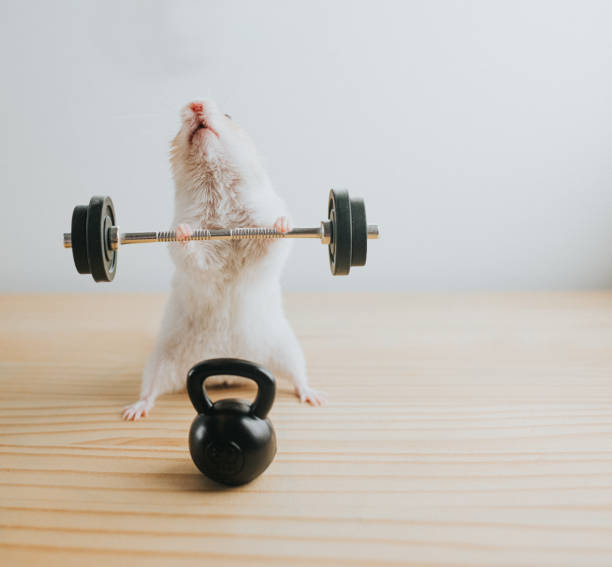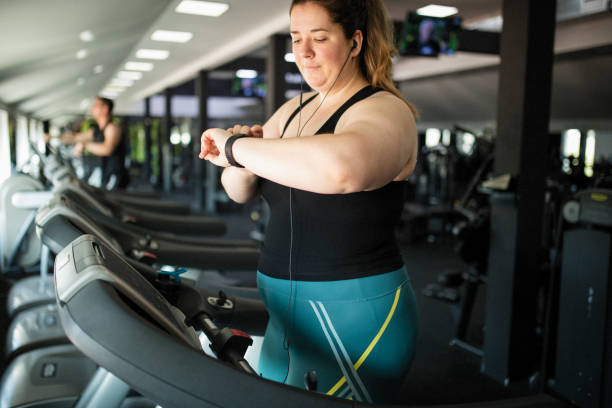I missed my Leg Day but you're missing EVERYTHING!!!
Do you have that one fit friend who constantly sends you gym or fitness memes that goes over your head? Seeing those you promise yourself to start but keep on waiting for a 'sign' to start your fitness journey. Majority of people in the cities, living a sedentary lifestyle have put aside one important part of life, health. The modern human beings are descendants of nomadic ancestors, who spent all their time moving around, searching for food and shelter. Our bodies are adapted to travel large distances on a daily basis, staying active regularly. Thus, it is only natural we develop health issues from being seated at a desk or being a couch potato. We have to realize that exercise is the answer to most, if not all our health problems.
Exercise is the answer to maintaining
a healthy weight
Exercise utilizes our muscles in our body to burn calories. It helps to shed extra energy from being accumulated in the body as fat instead. Exercising regularly also increases our metabolism to utilize more energy even when idle, which helps in healthy weight loss. This not only helps to maintain a better physique but also prevents people from suffering from anorexia, an eating disorder resulting from the intense fear of gaining weight. Apart from being a cure for obesity or overweigh, exercise also helps to gain healthy weight consisting of muscles. Regular use of muscles triggers the development of muscle mass and strength gradually over time. It also increases energy levels by increasing the strength and efficiency of the cardiovascular system to pump more oxygen and nutrients into the body. Regular exercise also means better sleep as the body regularly gets tired from all the physical work. Working out is also known to be the best anti-ageing.
Lowers risks of diseases and strengthens
the body
Along with strengthening the cardiovascular system, exercise reduces LDL cholesterol, which clogs the arteries and veins and increases HDL, the good cholesterol. Our blood pressure is also reduced, taking off extra stress away from the heart muscles. Combined with a clean, balanced diet, the risks of coronary heart diseases are greatly reduced. Regular physical work also prevents the development of type 2 diabetes as blood glucose level is kept under check. The adage of “use it or lose it” truly applies to our bones, as heavy work, like running or weight training, helps in the prevention of bone deteriorative diseases such as osteoarthritis and osteoporosis. Being fit may also reduce risks of colon cancer, breast cancer and possibly also lung and endometrial cancers. Studies suggested that 35% of all cancer deaths are linked to being overweight and sedentary, by the Seattle Cancer Research Centre have. The immunity system as a whole is also improved to help prevent diseases further. This suggest, fit people not only have reduced risks of diseases but the body itself if better equipped to fight diseases as well.
Effects of exercise on the mind
Exercise increases blood circulation all throughout the body. This triggers the release of brain chemicals, known as hormones, which are responsible for the production of cells in the hippocampus, the part of the brain that controls memory and learning. Increased blood flow boosts concentration levels and cognitive abilities in people. Working out is the only method to delay cognitivedegeneration, not being engaged in cognitive activities. Exercise also releases a specific hormone, endorphins which helps in feeling better and relaxed, in turn improving mood and lowering stress. High stress levels are linked with mental illnesses like depression, which are also treated naturally by being physically active. Exercise can count as “me time” for people, which helps people to overcome depression. Attaining physique goals can also contribute, as it gives individuals a sense of achievement.
How much to Exercise
People are recommended to get at least 150 minutes of moderate-intensity exercise every week. These recommendations can be achieved through 30-60 minutes of moderate intensity exercise 5 times a week or 20-60 minutes of vigorous-intensity exercise three times a week or even a combination of both. Even if the minimum targets are not reached, there is still more benefit in getting a little work done compared to nothing.
Types of Exercise
There are two types of exercise, cardiorespiratory exercise, often shortened to ‘cardio’. The sole purpose is to increase the heartrate to increase caloric output. These include walking, running, swimming, cycling and physical sports. The other type is resistance training, which works specific groups of muscles using body weight, free weights or machines to increase muscle mass, strength or endurance. Very light intensity of resistance training is best for older people. There are variety training schemes for resistance training but the most common for beginners is full body training, where group by group all the muscles in the body is worked in a single day through a variety of movement and exercise. Two to four sets of 8-12 repetitions, with 1-3 minutes of rest in between sets are a middle ground for almost all age groups. It is optimal to have 24-48 hours of rest periods in between resistance exercise sessions to avoid injury.
In conclusion
Working out is key in staying in shape and staying within
healthy weight limits. There is overwhelming evidence that people who lead
active lifestyles are less likely to suffer from illness and more likely to
live longer. Not only the body, exercise also keeps the mind in shape. There
are plenty of free online resources to learn in details about exercise and diet
and the best part is you can start at home. Even if none of the perks from
above catch your interest to start getting fit, there is one more, you will
start understanding the gym or fitness memes sent by that one fit friend from
your circle. So, if you are among the ones looking for a sign to begin, this is
it. Get your gym clothes out and commence your fitness journey from today.








Comments
Post a Comment